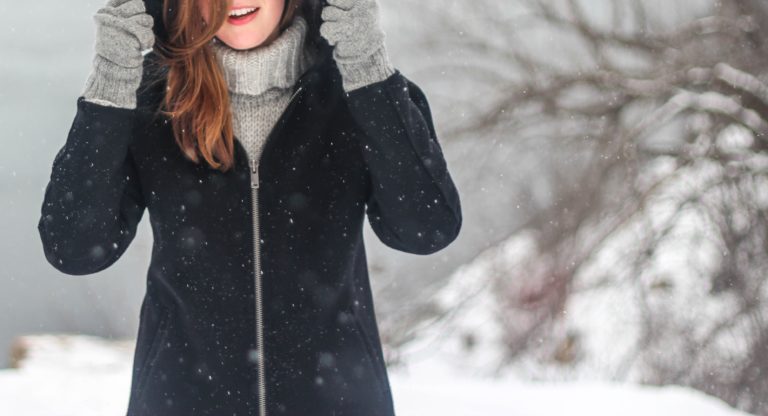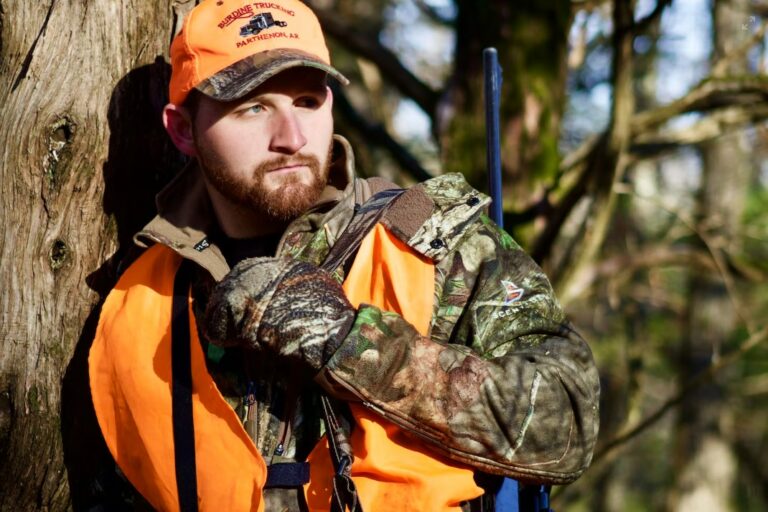In the fall, hunters often comb the woods hunting for deer, ducks, and geese, among many other game which are roaming the grounds in search for food. In the winter, it’s pretty much a different story. Colder temperatures and snowfall make the environment much less hospitable for most animals. Deer, especially, migrate to areas with less snow. So you won’t find as many of them on your preferred hunting grounds. In this article, I will explore a few tips on how to make the best of hunting during the winter.
Prepare Your Gear In Advance
Winter hunting requires a lot more preparation than fall hunting. Colder temperatures can impact your gear. If you’re not ready, you can ruin your gear or injure yourself.
Temperature Ratings
First, you’ll want your gear to be rated for the temperatures you’ll be hunting in. It is necessary for your rifle and any scopes you may use. In the winter, you’ll also need your gear to be clean to avoid rust and corrosion. During winter there is more moisture than usual. In areas that snow, if it enters your rifle, rust could easily develop. It is necessary for you to store your weapons in a dry place. Deep clean your weapons at least once a year, so that dirt, grime, and bacteria don’t build up in your gear and cause damage.
Dress Warm
When it gets colder during the winter, you want to be well insulated and warm. If you’re not warm enough while in the outdoors for long periods of time, you could get hypothermia, which can be life-threatening.

One easy way to make sure you’re warm enough is to wear layers. You’ll want to wear a base layer and at least two layers of clothes. A hardy and windproof winter jacket will be necessary so that you are able to hunt comfortably.
You can start with warm, breathable base layers and then add an insulating layer on top. You can also use warm gloves, a hat, and a scarf to stay warm. Winter hunting boots will protect your feet from frost and help you move well. There will likely be a lot of walking involved in upland bird hunting, so avoid wearing too much.
You need clothing that shields you from wind and moisture while keeping your skin dry. Also, keep on moving, as this will help your body generate more heat and keep warm.
If you hunt from a tree stand, you’ll want to protect your toes and other parts from the cold. You can wear warm boots and warm clothing, like a winter hunting suit, to keep your body warm. You can also use a heated tree stand. Insulate the tree stand by bringing a carpet up the tree. Placing a rug under your feet also stops the cold from entering your boots.
Carry A Map With You
If you’re new to the area you’re hunting, it’s good to have a physical map with you as a precaution. You might want to rely on your phone, but you could lose battery life or service due to the low temperatures. The last thing you’d want is to get stuck in the middle of nowhere with no idea where to go. A map of the area will help avoid this. If you’re moving with a guide, they might already have a map with them. They might also know the area well enough to find the way back. An alternative is to have a good GPS will also help point you in the right direction.
Prey That You Can Hunt During Winter
With different animals migrating and hibernating during the winter season, hunting is affected. There are still some areas and prey that can be hunted during winter. In Wyoming and Colorado, you can hunt antelope. For boars, Tennessee and Florida are the states to visit. Some other animals you could hunt for in winter include elk, ducks, foxes, geese, and mountain lions. Upland bird hunting is possible in winter.

Mountain quails—as the name suggests—can be found in the mountains from the US to Mexico. Pheasants and ruffed grouse are in North America. The wild turkey is found in 49 states, as well as the northeast in winter. If you’re into ice fishing, winter is the perfect time for it. You can go through this detailed beginner guide to ice fishing.
Make Sure You Can See
Hunting in the winter can be tricky because you’ll have less sunlight to see. It means you may have to hunt in the early morning or late afternoon when there’s more light. When it’s dark outside, you can use things like a bright headlamp, or a rifle scope with a brightness setting. You can also wear light-colored clothing to make you visible to other hunters and animals.
Use Calls And Scents To Attract Your Prey
It helps if you’re after certain prey, even if they’re not in your desired hunting grounds. You can try using calls and scents to lure them in! You can get a deer call to use and even certain scents to spray on yourself. Remember that you don’t want to overdo it, or you could end up scaring away the game instead. Be subtle with your scents and calls to avoid scaring away potential prey.
During winter, you’ll have to move as silent as you can. The quiet atmosphere will allow your calls to travel further.
Wear A Bright Hat And Vest To Remain Visible To Others
Just wearing hunting orange colors is sufficient, you should put on orange clothing that is visible from the sky for rescue purposes, which means orange should be on your head, shoulders and chest as well. If you also have a bright flag, that can be useful. Check your local hunting regulations to make sure you’re doing everything you can to be safe and visible.

You Don’t Have To Give Up Hunting During The Coldest Months
Hunting is a sport you can enjoy all year round. It can feel even more rewarding to hunt during the winter than during the warmer months. Knowing how to hunt in winter is important, for safety, survival and having a good hunt. There are a few things you need to keep in mind so that you can stay safe and be successful. With these tips, I hope you’ll be ready for a successful winter hunting experience!